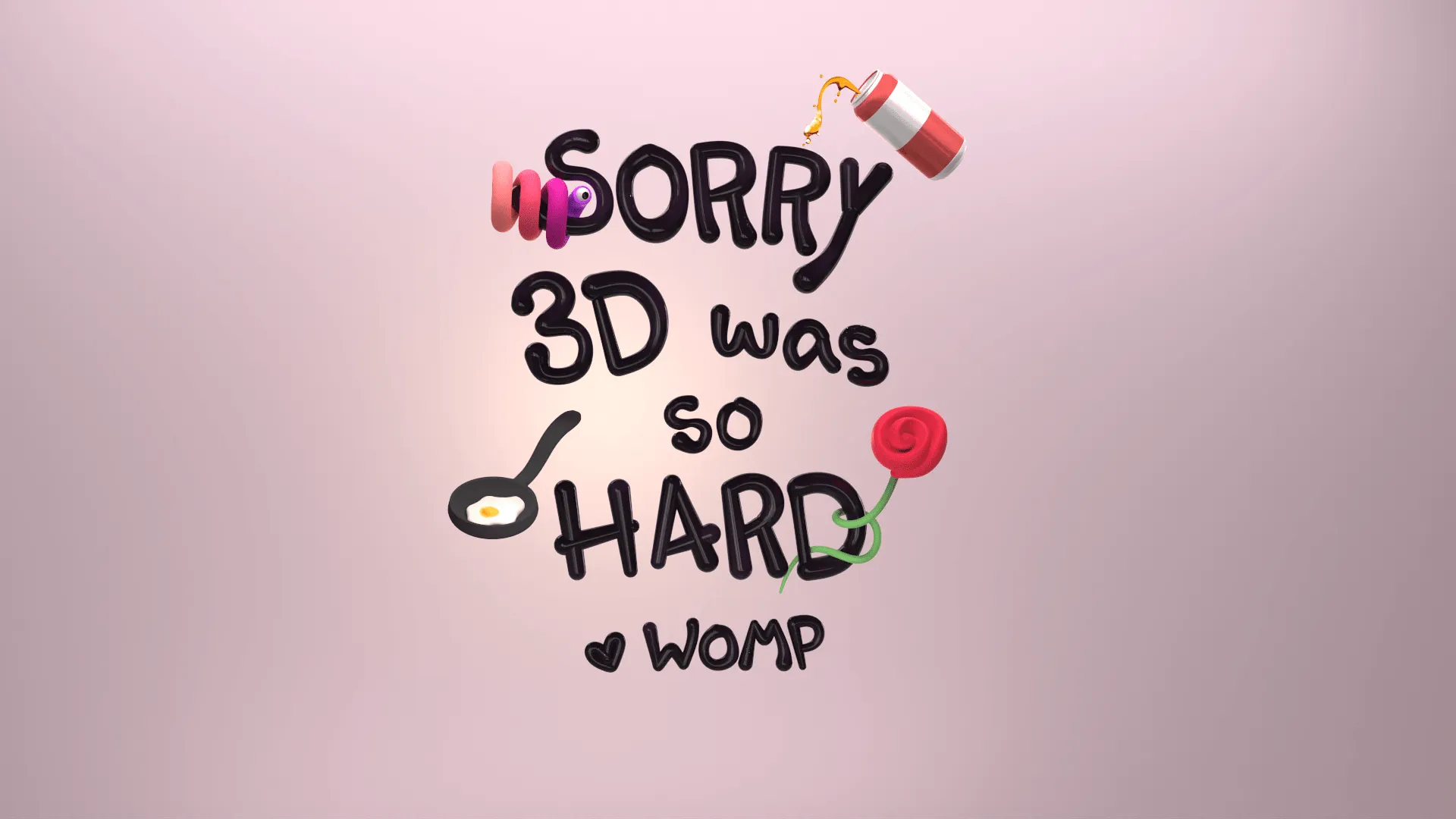
Have you ever wondered about the fascinating world of typography? It's a field of design that deals with the art and technique of arranging type to make written language legible, readable, and appealing when displayed. Typography plays a significant role in almost every aspect of our daily lives, from the books we read, websites we visit, to the signs we follow on the road. Understanding typography is an essential aspect of design, and it can be a great tool for expressing and communicating ideas effectively.
Typography has come a long way since the days of Gutenberg's printing press. With the advent of digital technology, typography has taken on a new dimension, quite literally. Today, typography is rapidly gaining popularity as designers and creatives look for new ways to express themselves.
The next decade promises to be an exciting time for typography, with a host of trends and innovations poised to take center stage.
Here are some trends and predictions that could shape the next decade.
One of the most significant developments in typography in recent years has been the rise of variable fonts. Unlike traditional fonts that come in fixed weights and styles, variable fonts allow designers to adjust everything from the weight and width to the slant and curvature of letters. This flexibility opens up new possibilities for design, making it easier to create unique, dynamic typography that adapts to different devices and screen sizes.
Another trend that's been gaining momentum in recent years is the use of handwritten fonts. Handwritten fonts add a personal touch to design and can help create a more authentic, human connection with the audience. With the rise of digital tools and handwriting recognition technology, it's easier than ever to create handwritten fonts that are both legible and expressive.
As technology advances, designers are increasingly exploring the possibilities of 3D typography. 3D typography can add depth and dimensionality to designs, creating a more immersive and engaging experience for the viewer. With the help of easy 3D tools like Womp, designers can create 3D typography that moves and interacts with the viewer, adding a new level of interactivity to design.Watch this 3D typography tutorial loaded with tips and tricks to help you ace your type game!
Kinetic typography is another trend that's been growing in popularity in recent years. Kinetic typography uses motion graphics and animation to bring typography to life, creating a dynamic and engaging experience for the viewer. With the rise of video and social media, kinetic typography is becoming an increasingly important tool for designers looking to create content that stands out in a crowded digital landscape.
The trend of minimalism has been prevalent in the design world for some time now, and it's set to continue in the next decade. The use of simple typography with clean lines and minimal embellishments is becoming increasingly popular. It allows the text to be easily legible and conveys a sense of professionalism and sophistication.
Experimental typography involves breaking the rules and pushing the boundaries of traditional typography. It involves using unique shapes, colors, and textures to create designs that are unconventional and eye-catching. This trend is set to continue in the next decade as designers seek to create designs that stand out from the crowd.
Bold and dramatic typography involves using large and expressive typefaces that capture the attention of the audience. It's a trend that has been prevalent for some time now, and it's set to continue in the next decade. With more and more brands seeking to stand out from the crowd, bold and dramatic typography is becoming increasingly popular.
Gradient typography is a trend that involves using gradients, which are gradual changes of color, to create a unique and eye-catching effect with typography. This technique is achieved by applying a gradient to the type itself, resulting in a beautiful blend of colors that can be applied to different elements like headlines, titles, and even logos. Gradient typography adds depth and dimension to type and can create a sense of movement and fluidity, making it a popular choice in modern designs.
Layered typography involves stacking layers of text on top of each other, creating a 3D effect. This technique allows designers to play with the placement of text, giving it more depth and complexity. It's a great way to add visual interest and draw attention to certain words or phrases. With the right combination of colors, fonts, and effects, layered typography can be used to create a range of styles, from playful and whimsical to sophisticated and elegant.
Retro typography refers to typography styles from the past that are making a comeback in modern design. It often features bold, blocky fonts, bright colors, and a strong sense of nostalgia. Retro typography can evoke feelings of nostalgia, warmth, and comfort, making it a popular choice for branding and marketing campaigns. It's also a versatile trend that can be adapted to different styles and themes, from vintage to modern, making it a great choice for a wide range of design projects.Typography is an essential element of design, and it's constantly evolving. The next decade is set to bring exciting new trends and innovations to the world of typography. From minimalism and simplicity to experimental and 3D typography, the future of typography is set to be diverse and unpredictable. As a designer, it's essential to stay up-to-date with the latest trends and innovations in typography to create designs that capture the attention of the audience.